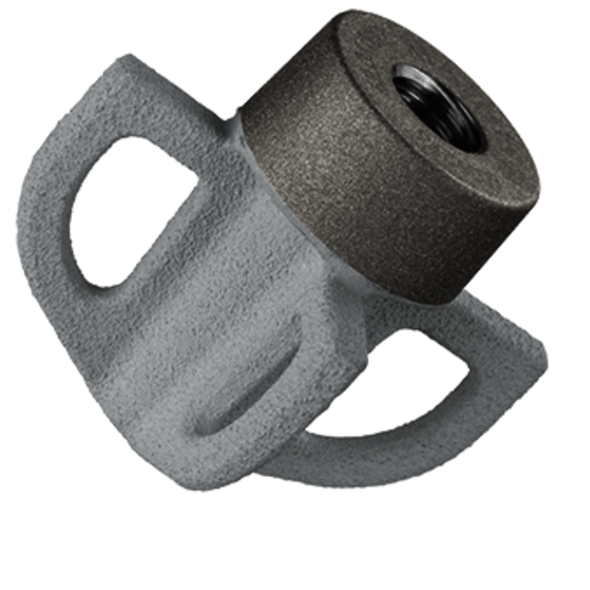Cement-free anchorage
With cement-free fixation, the implant is inserted into the bone in such a way that it becomes wedged in the medullary cavity (the inside of the bone which houses the bone marrow). The prostheses are especially designed for this type of anchorage and have particular shape characteristics that ensure wedging.
Aside from the design, the implant surface also contributes to good stability. Depending on the model, the prostheses have a rough surface into which the bone can grow after some time (a process known as osseointegration). If the bone mass is of sufficient quality and mass, cement-free anchorage is usually preferred.
Cemented anchorage
If the bone structure or quality is no longer as stable as necessary – in cases of osteoporosis, for example – the individual implant components are cemented into the bone.
The cement is a special bone cement usually based on plastic. Two separate components are mixed immediately before the mixture is applied to the implant. The cement cures very quickly and thus creates a solid connection between the bone and the prosthesis.

